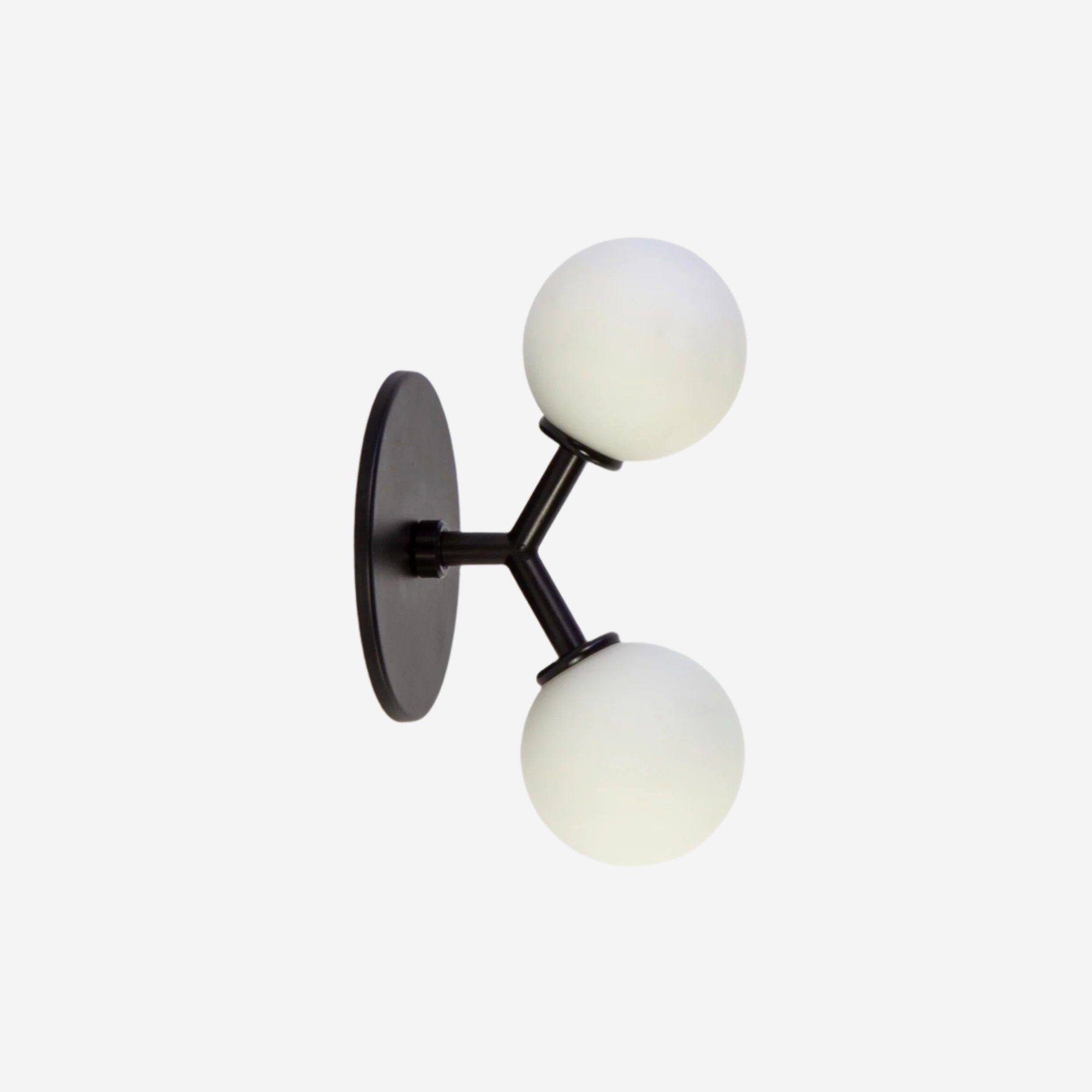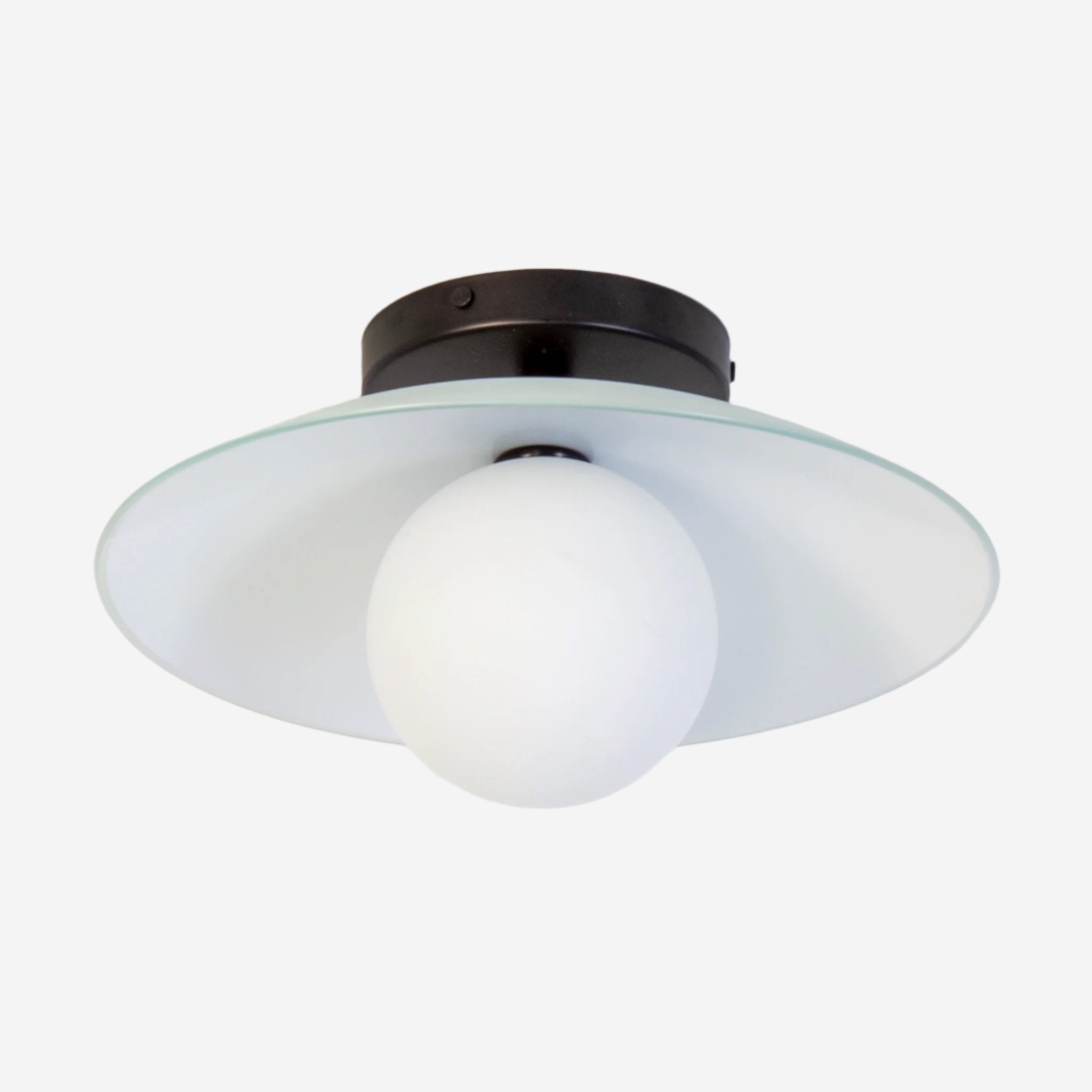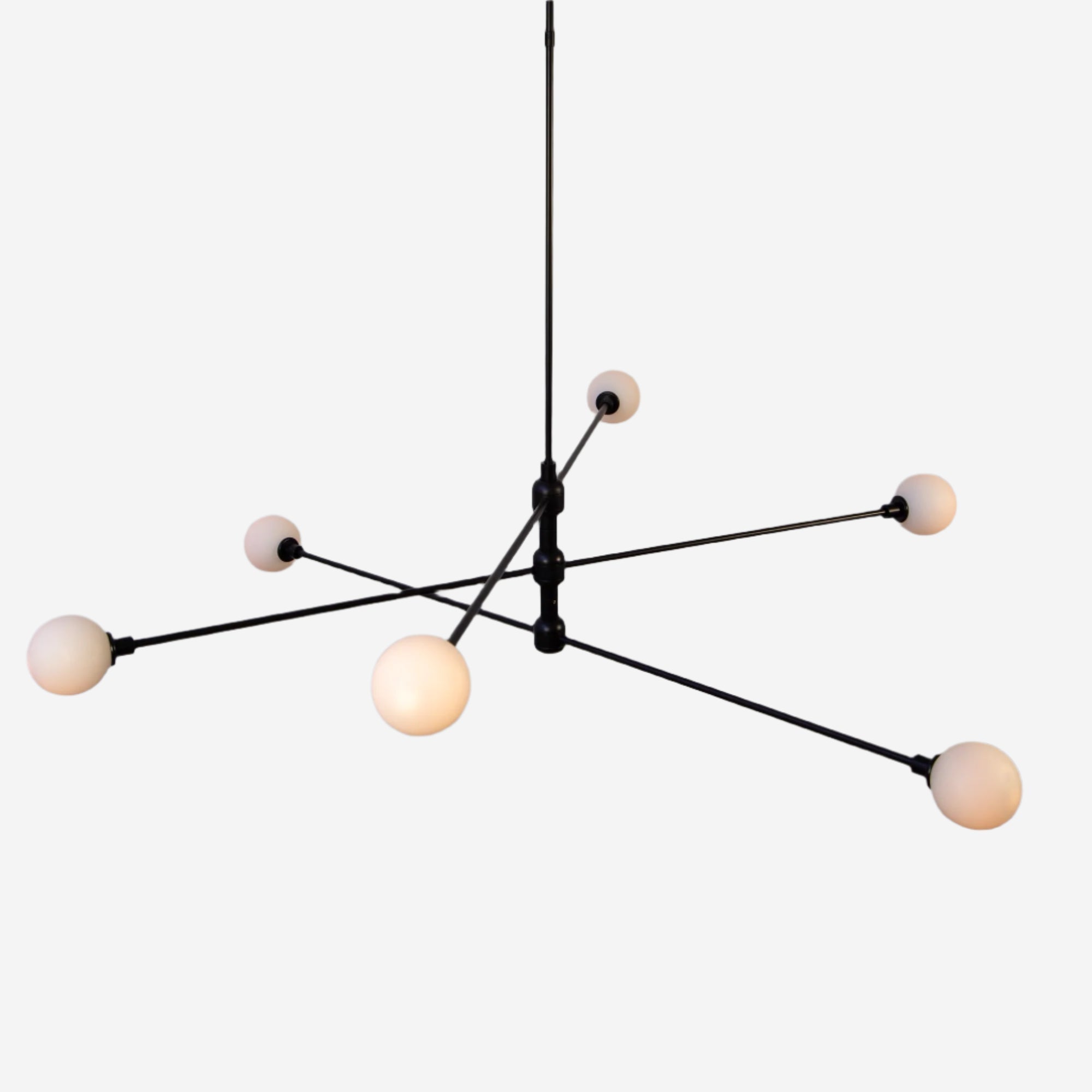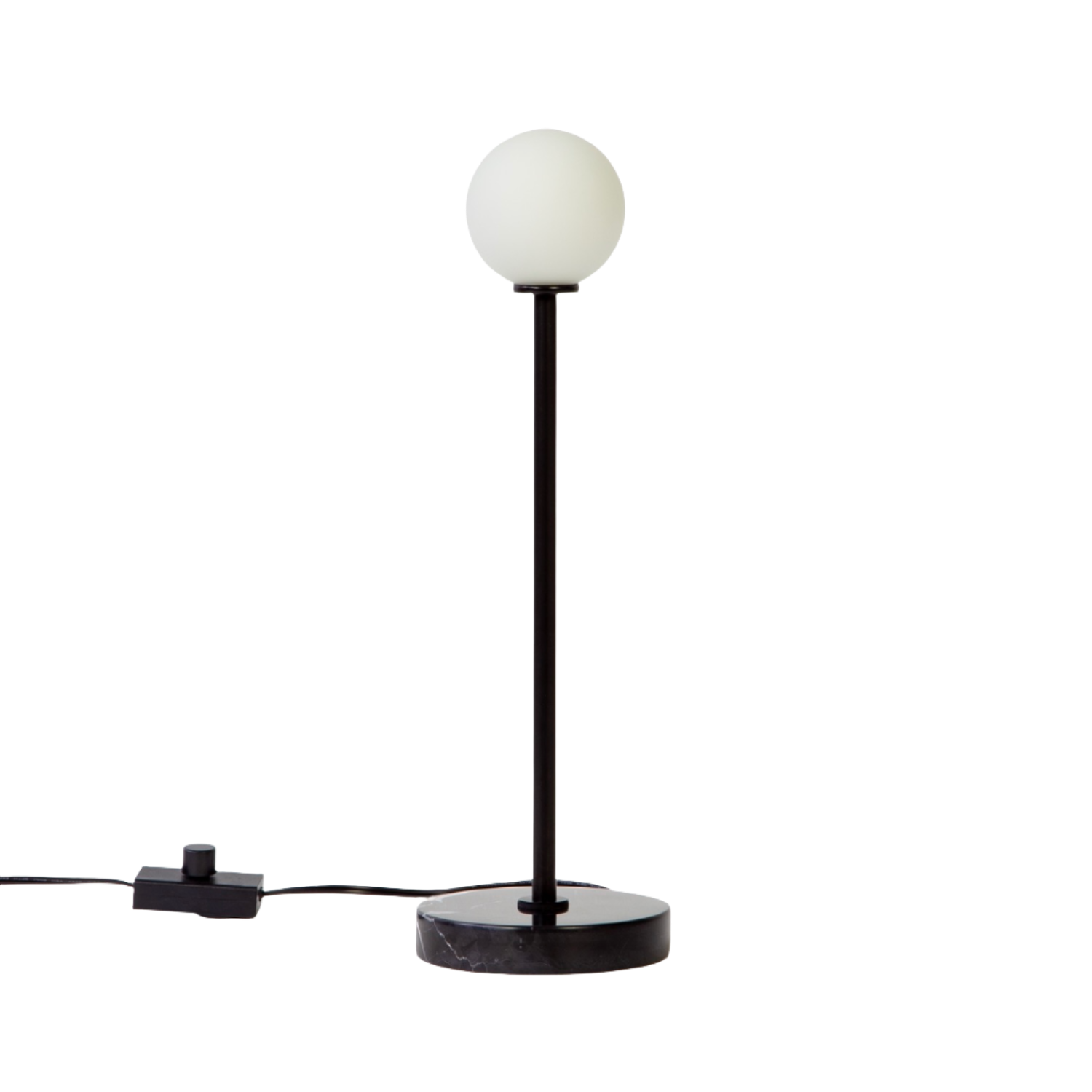
How Bright is 800 Lumens? 800 Lumens to Watts
Lighting specs can get confusing fast. Sometimes brightness is described in watts, other times in lumens. But watts measure energy use, not light output. So what does 800 lumens actually look like, how many watts does it match, and is it enough for daily use?
What are Lumens? 800 Lumens vs. Watts
Lumens tell you how much light a bulb or fixture produces. The more lumens a given fixture/bulb outputs, the brighter the light will be. Watts, on the other hand, only measure how much electricity it consumes. With older incandescent bulbs, people learned to judge brightness by watts. A 60-watt bulb was the reference point, usually landing somewhere around 700 to 850 lumens depending on the bulb. So 800 lumens is a loose average output of a 60w incandescent bulb, but it's not an exact number. With LEDs, you get the same light with far less energy, typically around 8 to 10 watts.
How Bright is 800 Lumens?
In practical terms, 800 lumens feels like the glow of a standard overhead living room lamp. It is strong enough to read comfortably, light a hallway, or brighten a medium bedroom. For kitchen lighting, 800 lumens can serve as ambient light, though detailed prep and larger rooms usually benefits from additional sources. Multiply the light fixtures and the effect grows quickly: two sconces give you around 1,600 lumens, three pendant lights nearly 2,400.
Is 800 Lumens Bright Enough?
It depends on the job. For reading, cooking, or detailed work, 800 lumens feels decently strong, though placement matters. For softer ambient light, it may feel brighter than you expect (perhaps too bright), depending on the diffuser or shade. A frosted globe, for instance, spreads light more gently, while a clear shade will feel sharper.
In general, we'd recommend against having only 1 source of light in a given room, even if the room is rather small. Layering your fixtures will create a nicer environment - and give you more control in when you want to dim things down.

The TLDR
800 lumens is usually bright enough. It sits in a comfortable middle range, producing a strong but not overpowering glow. One source works well as your main driver in smaller areas, while layering multiple fixtures becomes increasingly important in larger spaces. We recommend a multitude of light sources - preferably with dimmers. The key is balance. No single light has to do it all.
To see how other luminous outputs compare to incandescent bulbs, read Lumens to Watts Conversion Chart & Brightness Comparison or our comparisons on 450 lumens to watts - How Bright is 450 Lumens?, 900 lumens to watts - Is 900 Lumens Bright Enough?, or How Bright is 1000 Lumens? 1000 Lumens to Watts. And to learn more about other technical aspects of lighting lighting, check out our Glossary of Lighting Terminology.






